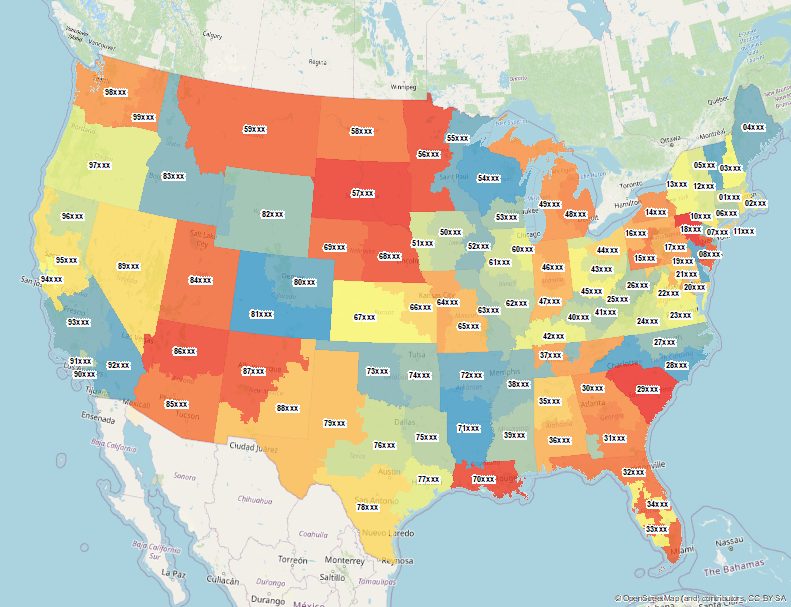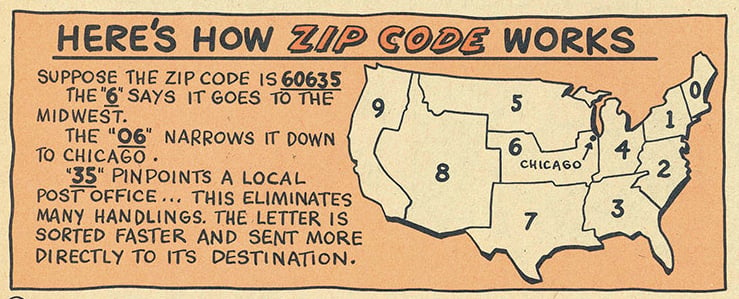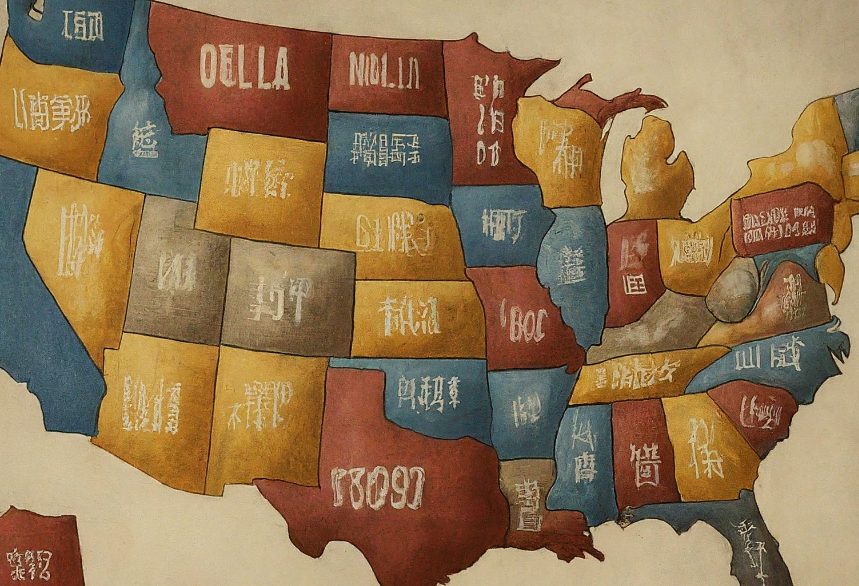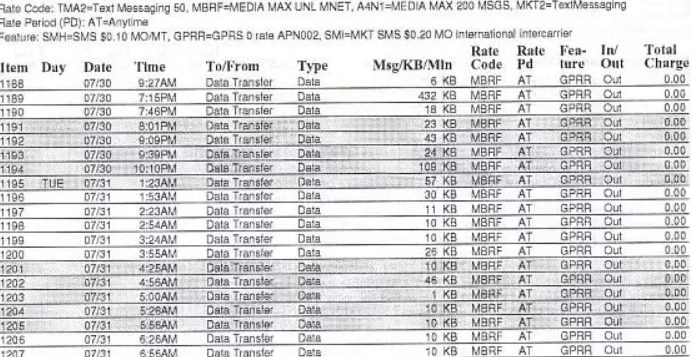United States ZIP codes are a system of postal codes used by the United States Postal Service (USPS). The acronym ZIP stands for Zone Improvement Plan, reflecting the goal of improving the efficiency of mail delivery by assigning a unique code to each delivery area. Introduced in 1963, ZIP codes have become an integral part of addressing mail and packages in the United States.
Contents
Structure of United States ZIP Codes

US ZIP codes consist of five digits. The first digit indicates a broad geographical region of the United States, with numbers ranging from 0 to 9, representing different areas of the country. The second and third digits further narrow down the geographical area, often corresponding to a particular sectional center facility or metropolitan area. The last two digits specify a specific post office or delivery area within that region.
Purpose of United States ZIP Codes

The primary purpose of US ZIP codes is to facilitate efficient mail sorting and delivery. By including the ZIP code in the address, the USPS can quickly determine the destination of a piece of mail and route it through the appropriate channels. This streamlining of the mail delivery process ensures faster and more reliable delivery of letters and packages.
What Does ZIP Code Stand For?
As mentioned earlier, ZIP is an acronym that stands for Zone Improvement Plan. The name reflects the goal of improving the efficiency of mail delivery by dividing the country into zones and assigning a unique code to each zone. The term “ZIP” was chosen to convey the idea of speed and efficiency associated with the new system.
Evolution of United States ZIP Codes
Since their introduction in 1963, United States ZIP codes have evolved to accommodate the changing needs of the postal service. In 1983, the USPS introduced ZIP+4, an extended ZIP code format that includes four additional digits after the original five-digit code. These additional digits represent a more specific delivery location, such as a particular building or group of apartments.
ZIP+4 codes have been instrumental in further improving the accuracy and efficiency of mail delivery. They are particularly useful for businesses and organizations that receive large volumes of mail, as they allow for more precise sorting and delivery.
How to Find United States ZIP Codes

There are several ways to find United States ZIP codes:
-
USPS Website: The USPS website provides a ZIP Code Lookup tool that allows users to search for ZIP codes by address, city, or state. This is a convenient and reliable way to find ZIP codes for any location in the United States.
-
Third-Party Websites and Apps: Many third-party websites and apps also offer ZIP code lookup services. These services often aggregate data from multiple sources and may provide additional information about the area associated with a particular ZIP code.
-
Local Post Office: If you are unsure of the ZIP code for a particular address, you can always visit your local post office and inquire about it. The postal workers will be able to provide you with the correct ZIP code for any location in the United States.
Importance of United States ZIP Codes
United States ZIP codes play a crucial role in various aspects of American life. They are not only essential for mail delivery but also for numerous other purposes:
-
Demographic Analysis: ZIP codes are often used in demographic analysis to identify and understand patterns and trends in population distribution, income levels, and consumer behavior. This information is valuable for businesses, marketers, and policymakers.
-
Emergency Services: In emergencies, ZIP codes can help emergency responders quickly locate and reach the scene of an incident. This can be crucial in saving lives and minimizing damage.
-
Location-Based Services: Many location-based services, such as online maps and navigation apps, rely on ZIP codes to pinpoint specific locations. This enables users to find directions, locate businesses, and access other location-specific information.
-
Marketing and Advertising: Businesses often use ZIP codes to target their marketing and advertising efforts to specific geographical areas. This allows them to reach their desired audience more effectively and efficiently.
Read More: Unveiling the Enigmatic North Pole Address: A Journey to the Top of the World
United States ZIP Codes in the Digital Age
In the digital age, United States ZIP codes continue to be relevant and essential. They are used in various online services and applications, such as:
-
E-commerce: Online retailers use ZIP codes to calculate shipping costs and estimate delivery times.
-
Online Surveys and Forms: ZIP codes are often included in online surveys and forms to gather demographic information about respondents.
-
Social Media: Some social media platforms allow users to share their location using ZIP codes, enabling them to connect with people in their local area.
Conclusion
United States ZIP codes are a fundamental part of the American postal system and have a significant impact on various aspects of American life. They are not only essential for mail delivery but also for numerous other purposes, including demographic analysis, emergency services, location-based services, marketing and advertising, and online services.







